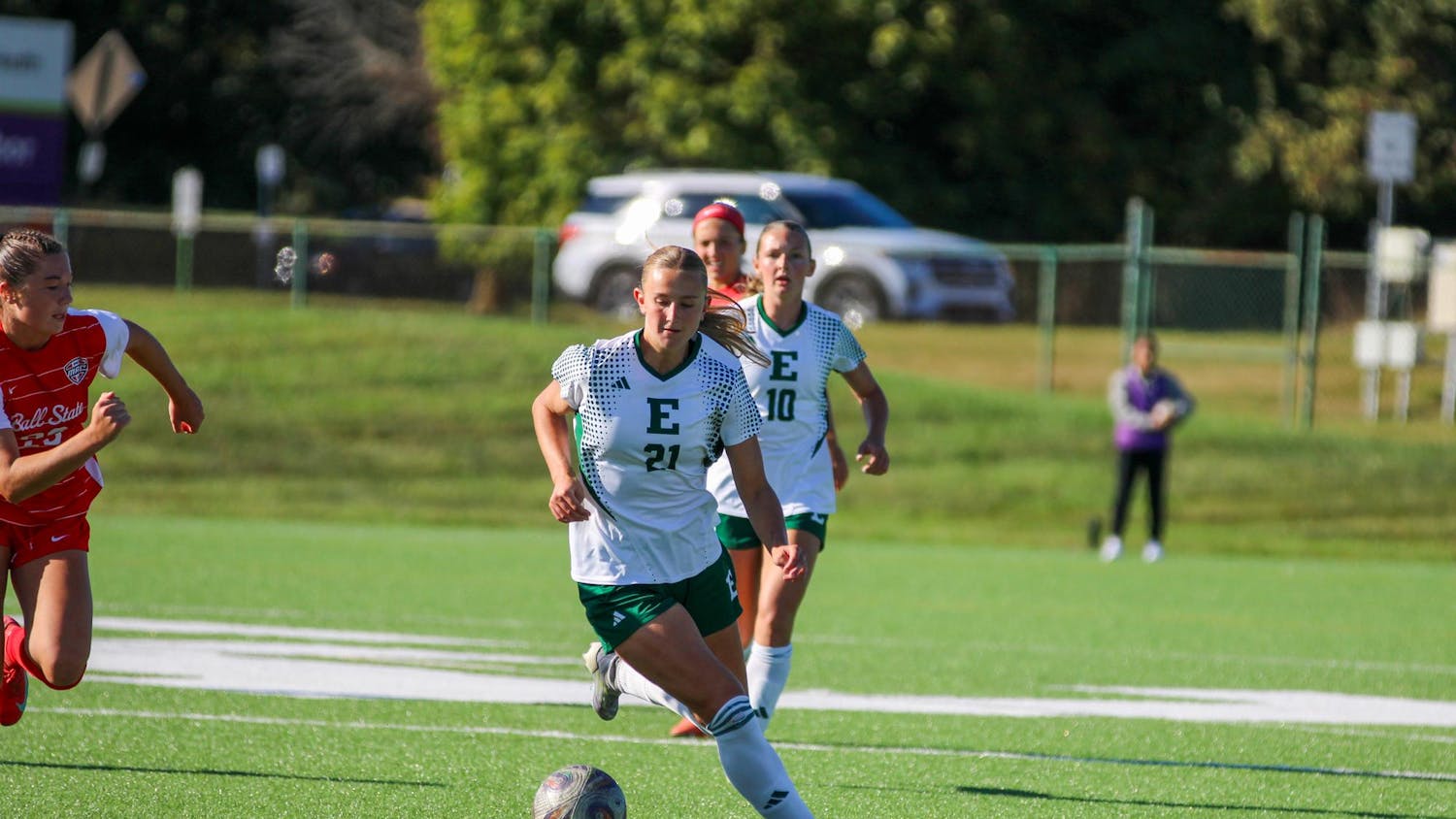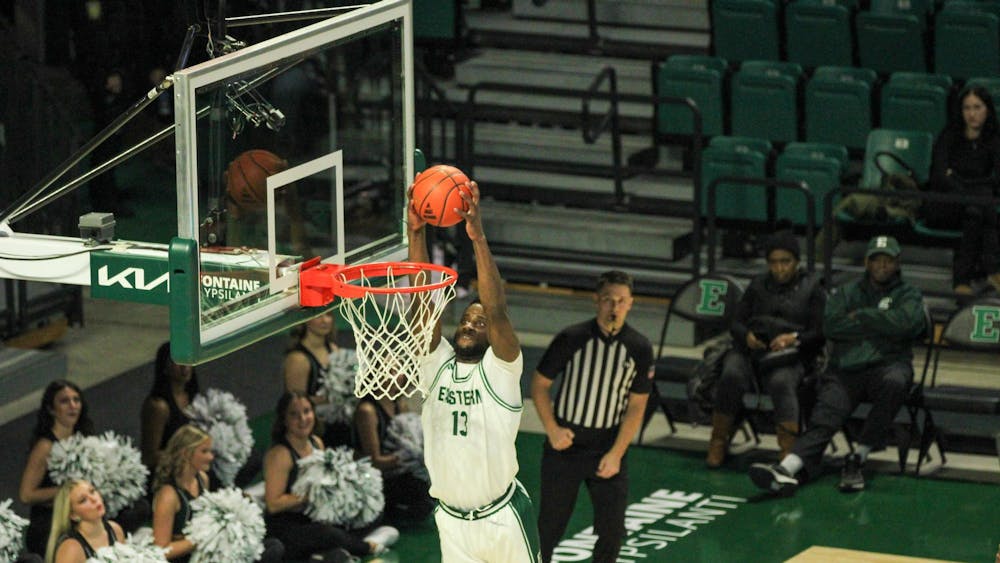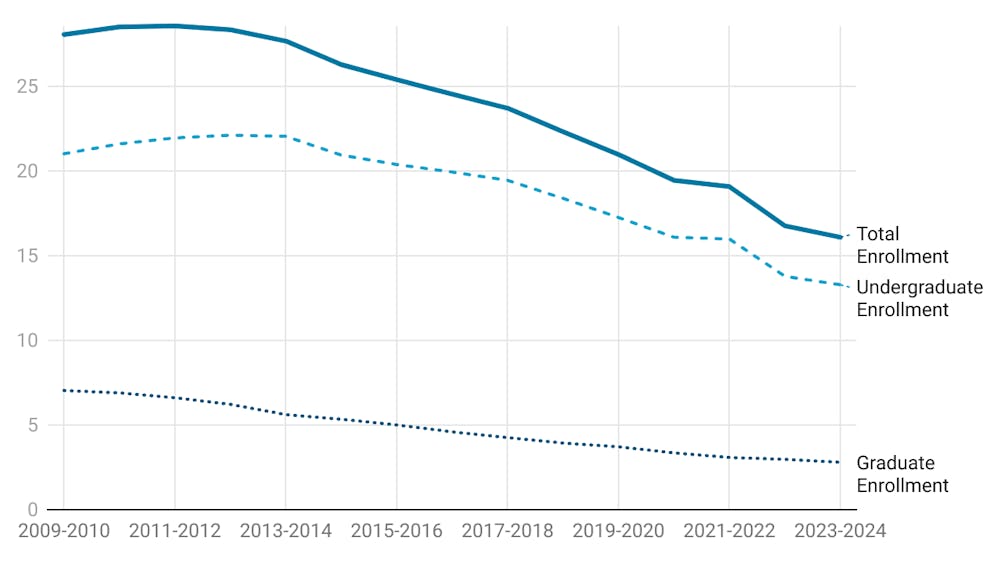Three Red Wings players have recently suffered lacerations from ice skates, and now the blade of Pittsburgh Penguins player Matt Cooke cut Ottawa Senators Erik Karlsson Wednesday night as the two were tangled against the boards for a loose puck.
After he was hit, Karlsson fell to the ground in visible pain. He tried to get up and skate off the ice but needed help, and showed frustration by throwing his stick across the ice.
Karlsson will need surgery on his left Achilles tendon because of the cut, and he will be out for three to four months.
Cooke, on the other hand, will not be punished—after reviewing the play, head discipline guru and former Red Wing Brendan Shanahan and the NHL said they believe there was nothing about the incident that was malicious or illegal.
Cooke has been suspended in recent years for his previous hits on other players. Most notable was the suspension that took him out for the final 10 games of the regular season and the first round of the 2011 playoff, after jabbing his elbow to the head of New York Rangers’ Ryan McDonagh.
More attention should be turned to protecting the bodies of players from injuries like these cuts from the blades of skates. It’s not a new injury. In fact, it happens in most locker rooms, and the Wings are no exception.
The league has already taken steps to protect the players from other things, like rounding the glass near the benches to control the “turnbuckle effect” and putting softer caps on shoulder and elbow pads.
For the Wings, Ian White, Darren Helm and former Wings’ player Mike Modano received cuts from blades in recent seasons.
White was cut by his own teammate, Jimmy Howard, in the Jan. 22 loss to the Dallas Stars. It was an out-of-the-ordinary injury when Howard’s skate cut White just above his left knee.
Players have already taken precautions against this type of injury. Red Wing Jonathan Ericsson has
gone back to wearing Kevlar socks (he stopped due to getting sores on his ankles). He’s also wearing special sleeves to protect his wrists because the gloves they wear don’t cover the wrists as much as they should, and leave them vulnerable to cuts.
These types are clothing aren’t very comfortable to players. Unlike the sleeves, the socks are hard and very heavy for players; they’re like steel and can affect the way a player performs.
Many players around the league agree Kevlar should be mandatory for players because injuries that take place without them would be less common. Instead of getting gashes to their body they might get a few stitches.
Another idea for the league is to have players cut down on the amount of time they spend sharpening their skates. Players sharpen their skates every few days when once a week would suffice.
The NHL Department of Player Safety needs to look into this issue now that these injuries are occurring more often; they need to do something that sends a message to players that this is a serious matter. The league should listen to what the players have to say.










